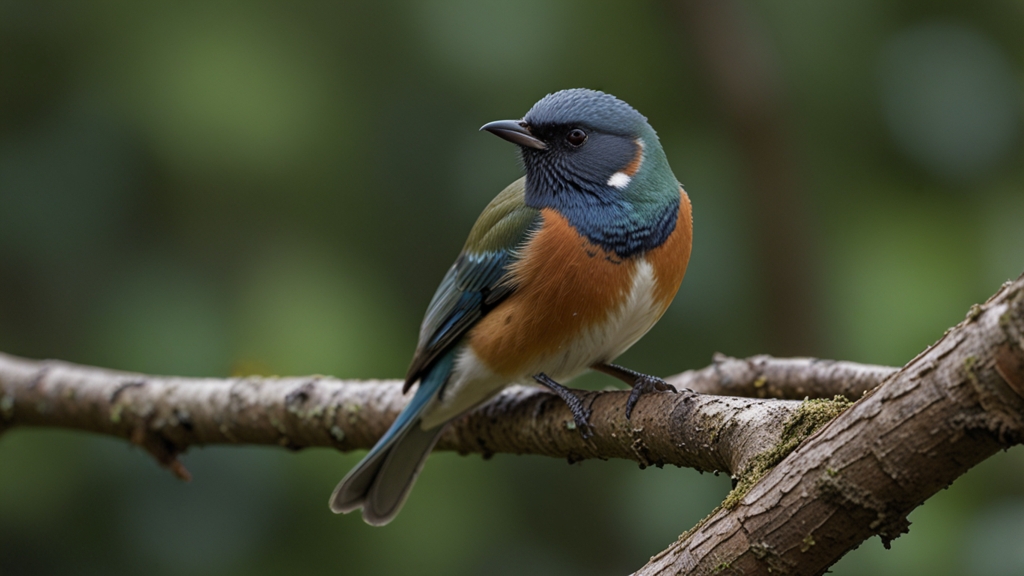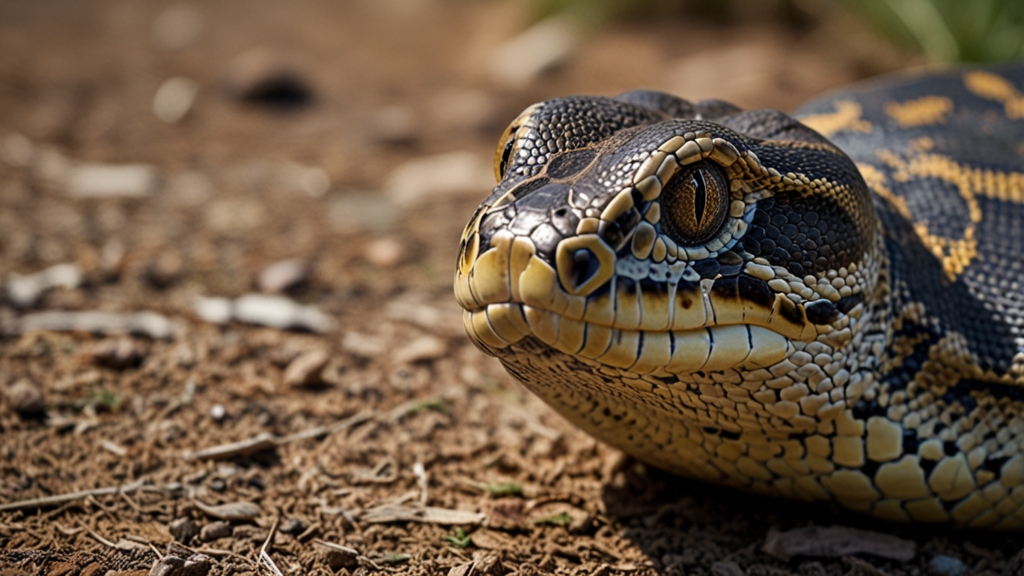How To Attract Rare Birds to Your Backyard: Expert Tips
For the avid birdwatcher or the casual gardener, attracting rare birds to your backyard can be an enchanting and rewarding experience. Not only does it provide an opportunity to observe these magnificent creatures up close, but it also contributes to the conservation of their species. Here are some expert tips to help you turn your backyard into a haven for rare birds.
1. Create a Bird-Friendly Habitat
The foundation of attracting rare birds lies in creating a supportive habitat. Start by including a variety of native plants and trees that cater to the dietary and shelter needs of these birds. Native flora tends to attract a higher number of insects, which are a vital food source for many bird species.
"Choosing native plants over exotic ones is crucial because they are adapted to your local climate and require less maintenance. They also support the local ecosystem, providing a more sustainable food source for birds." - Jane Smith, Ornithologist
Additionally, consider providing dense shrubs and thickets where birds can take shelter and build nests. The more diverse your plant selection, the more types of birds you can attract.
2. Provide a Consistent Water Source
Birds need water for both drinking and bathing. By installing a birdbath or a small pond, you create a much-needed hydration point. Ensure the water source is shallow, clean, and frequently refilled. A waterfall or a drip system can add the sound of running water, which is particularly attractive to birds.
"Water features not only provide a drinking and bathing spot for birds but also add an element of motion and sound that can make your garden more inviting." - Lisa Green, Environmental Biologist
3. Offer High-Quality Bird Food
Offering a variety of seeds, fruits, and insects can attract different species of rare birds. Use feeders that are suited for the type of food you provide. For instance, tube feeders are great for small seeds, while platform feeders can hold larger items like fruits and nuts.
Avoid fillers like milo and cracked corn, as they are less nutritious and often discarded by birds. Incorporate specific food types such as:
- Sunflower seeds for finches and cardinals
- Suet cakes for woodpeckers and nuthatches
- Nectar for hummingbirds
- Mealworms for bluebirds and robins
4. Install Birdhouses and Nesting Sites
Providing adequately-sized birdhouses can encourage breeding and nesting. Different birds have different nesting requirements, so research the specific needs of the rare birds you wish to attract. Place birdhouses at appropriate heights and ensure they have predator guards.
Natural nesting materials like twigs, leaves, and grass can also be left around the yard to encourage birds to build their own nests.
5. Maintain a Safe Environment
A safe environment is critical for attracting rare birds. Keep pets, especially cats, indoors to prevent them from preying on birds. Use bird-safe window decals to reduce collision risks. Avoid using pesticides and herbicides that can poison the birds or reduce their food sources.
"Creating a sanctuary involves making your space safe for the visiting birds. Simple measures like keeping cats indoors and using bird-friendly gardening practices go a long way." - Dr. Andrew White, Avian Ecologist
6. Be Patient and Observant
Attracting rare birds takes time and consistent effort. Keep a journal to note the types of birds visiting your yard, along with the dates and types of foods or plants they prefer. This will help you make informed adjustments to your habitat over time.
By following these expert tips, you can transform your backyard into a thriving sanctuary for rare birds. This not only offers a fascinating glimpse into the world of avian wildlife but also contributes positively to the environment and our natural heritage.











